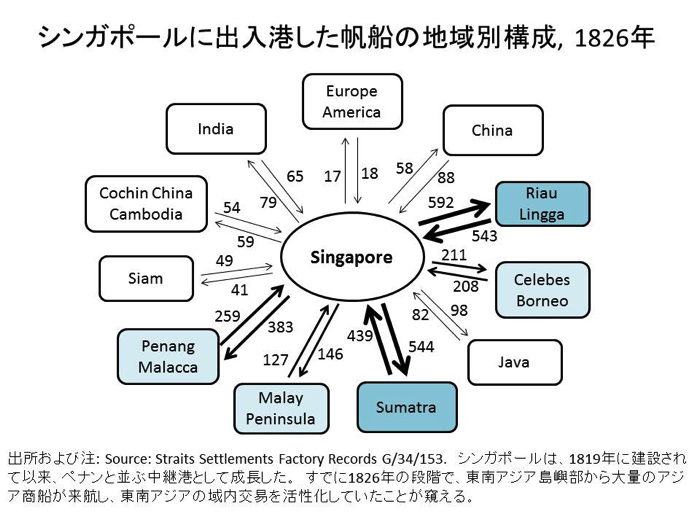- Project Leader : Sugihara Kaoru (Graduate School of Economics, Faculty of Economics, The University of Tokyo)
- Collaborators : Mizuno Kosuke (Center for Southeast Asian Studies, Kyoto University)
- : Kawamura Tomoki (Faculty of Humanities, University of Toyama)
- : Ota Atsushi (Graduate School of Letters, Hiroshima University)
- : Nishimura Takeshi (Faculty of Economics, Kansai University)
- : Hisasue Ryoichi (Inter-disciplinary Studies Center, Institute of Developing Economies-JETRO)
- : Kakizaki Ichiro (International College of Arts and Science, Yokohama City University)
- : Shimada Ryuto (Graduate School of Humanities and Sociology, The University of Tokyo)
- : Miyata Toshiyuki (Graduate School of Global Studies Faculty of Foreign Studies, Tokyo University of Foreign Studies)
Outline of Research
During the period from the end of the 18th century to the early 20th century, Southeast Asia as a region was integrated into the world economy with the gradual imposition of colonial rule by Western powers. At the same time, the region saw a sustained growth of intra-regional trade (intra-Southeast Asian trade) at an impressive rate even by the standards of other well-integrated regions. Succeeding the previous joint research (see below), this research aims to reinterpret the history of Southeast Asia’s trade, by placing the growth of intra-regional trade, and the market institutions that supported it, at the centre of its dynamics. In so doing it hopes to offer a new perspective of Southeast Asian history, which emphasizes the continuity of the region’s internal dynamics throughout the “long nineteenth century.”
Description
In our previous research (‘Trading Networks and the Role of the Entrepot in Southeast Asian History,’ headed by Professor Tomoki Kawamura and conducted from April 2010 to March 2012) we put forward a hypothesis that there was a growth of intra-Southeast Asian trade, and came up with a strong statistical evidence of its growth during the first half of the 19th century. By combining this finding with what we know from the relatively well-researched trade statistics of the late 19th century, this research examines the presence of an integrated set of market institutions (as well as merchant networks) centering around the entrepots of Singapore and Hong Kong, and its growth, with the use of trade statistics, price data and descriptive materials. It is hoped that our investigation into the market institutions of this region would offer a new agenda for the study of comparative institutional analysis.
The members of this research group have collaborated through the collection, processing and interpretation of trade statistics in the previous project, and are familiar with source materials available at CSEAS. As before, we plan to hold two meetings a year. In addition, we hope to make a presentation to disseminate our findings in a workshop or by organizing a panel in international or national conferences, leading to formal publication.
 |
 |
